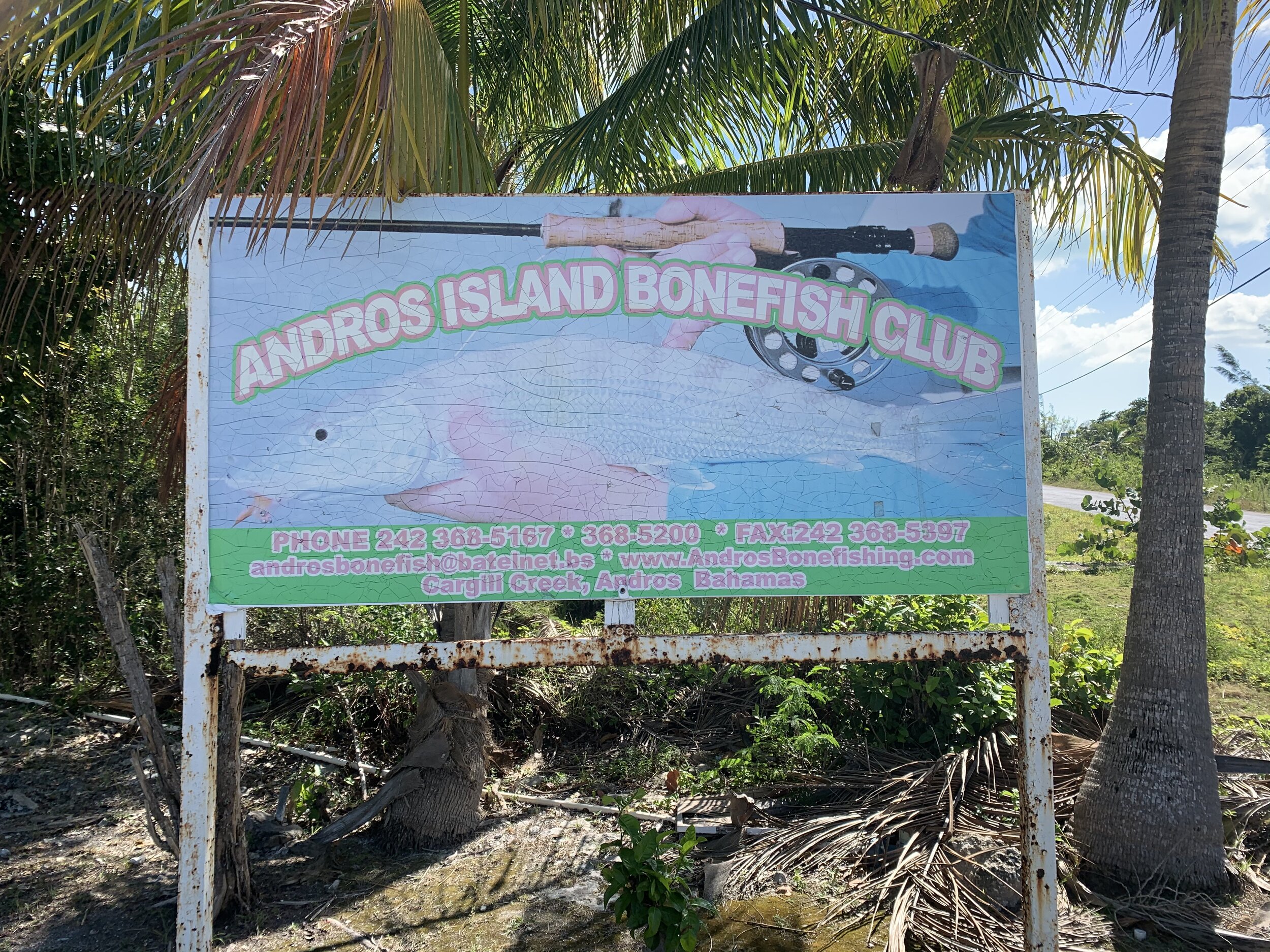


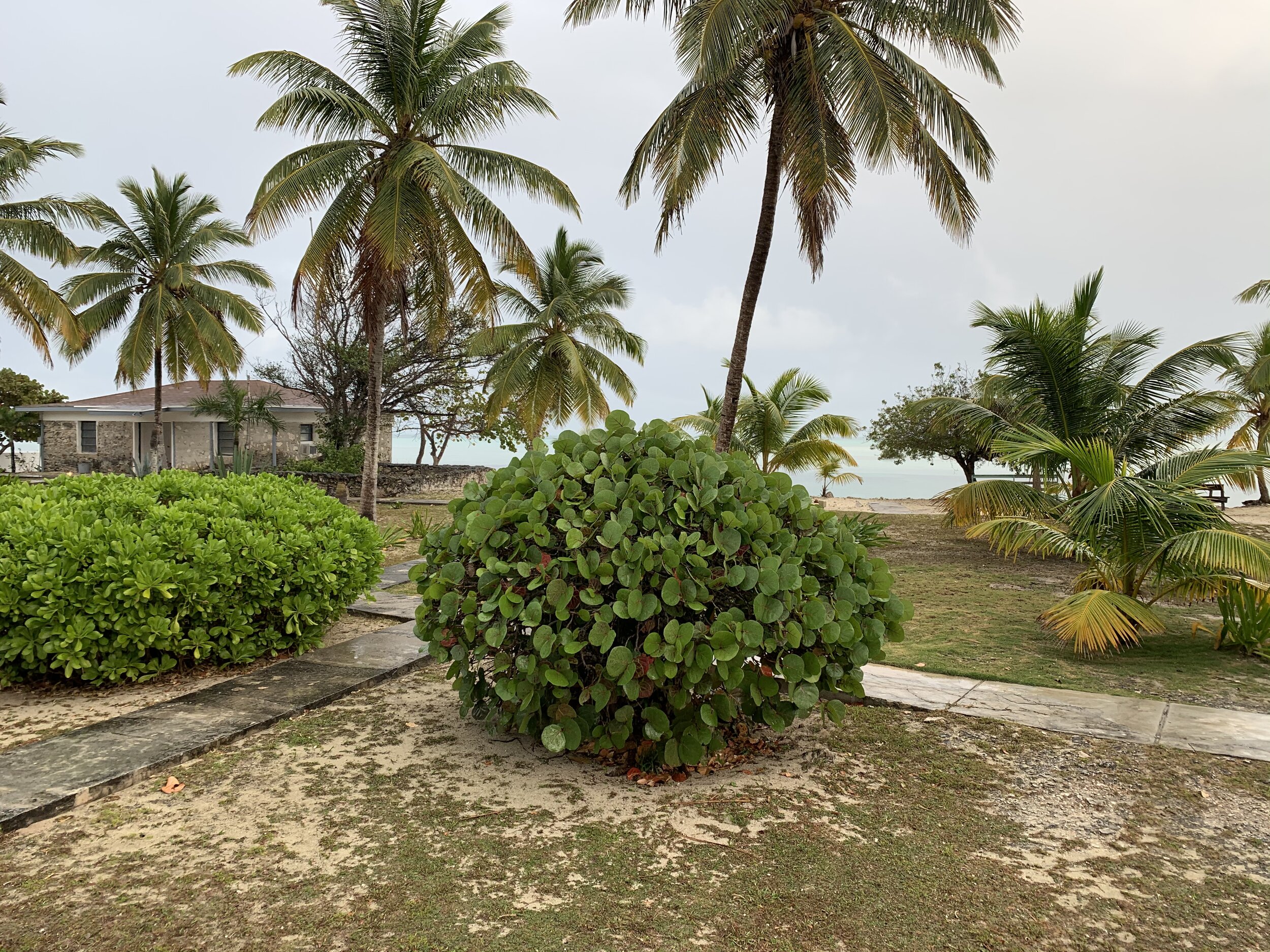
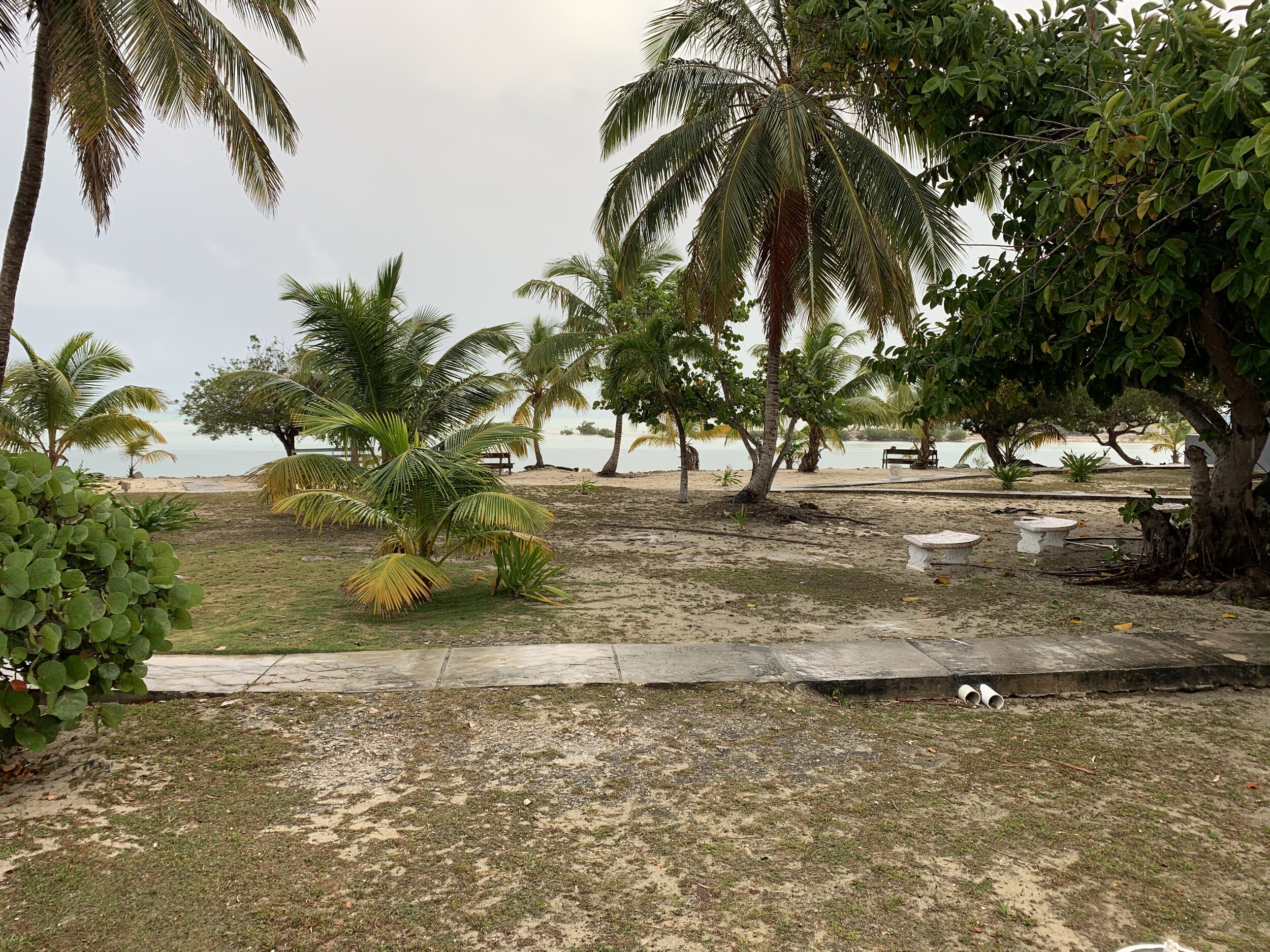
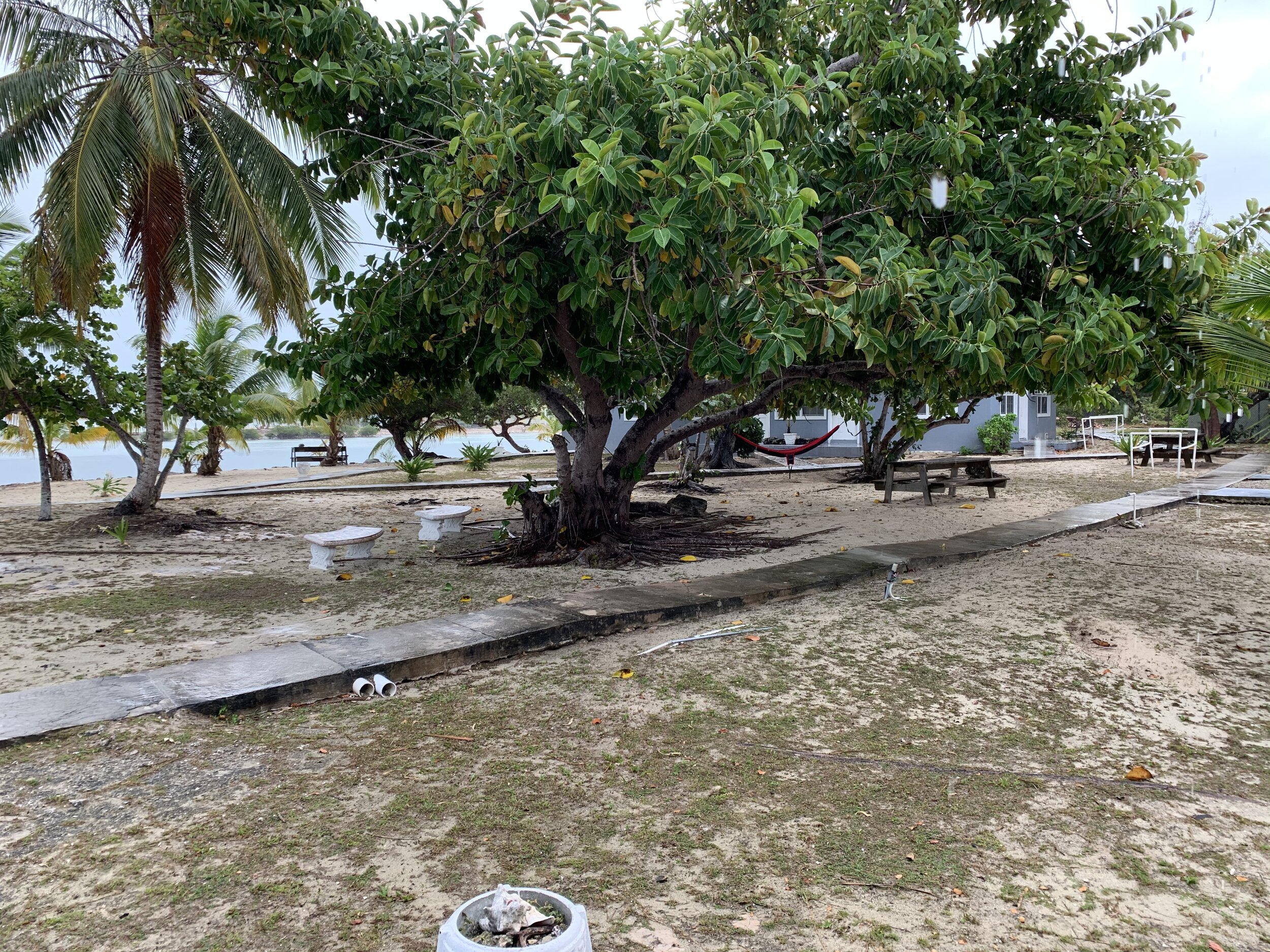
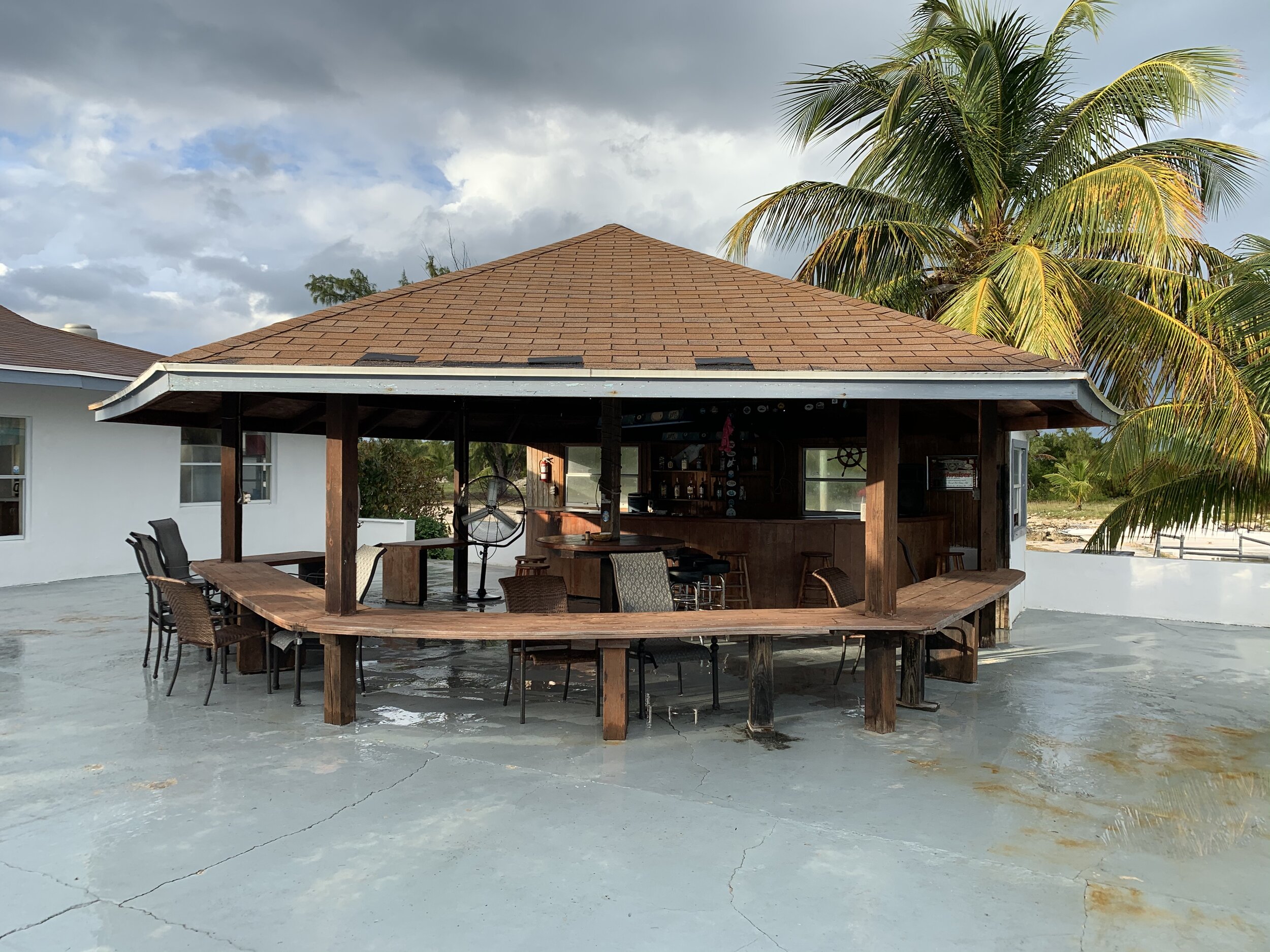
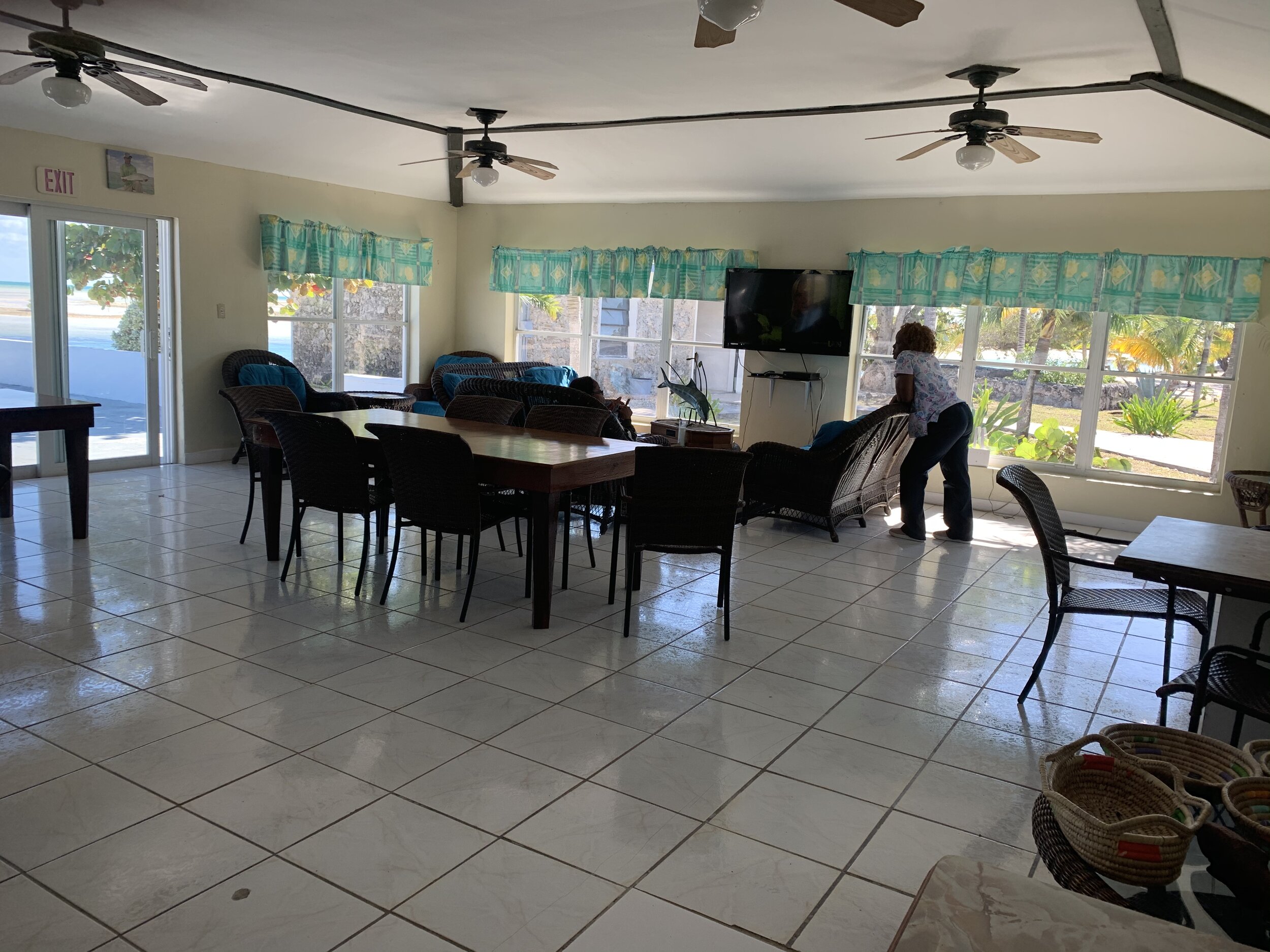
Conversations and Posts about Fly Fishing in Maine.
Manufactures make different types of fly line designed for specific conditions or casting situations. Remember, the fly line is the only component of the fly fishing system that propels the fly forward to its target. The graphic below will help you understand the finer points of fly line construction and how to maximize its use.
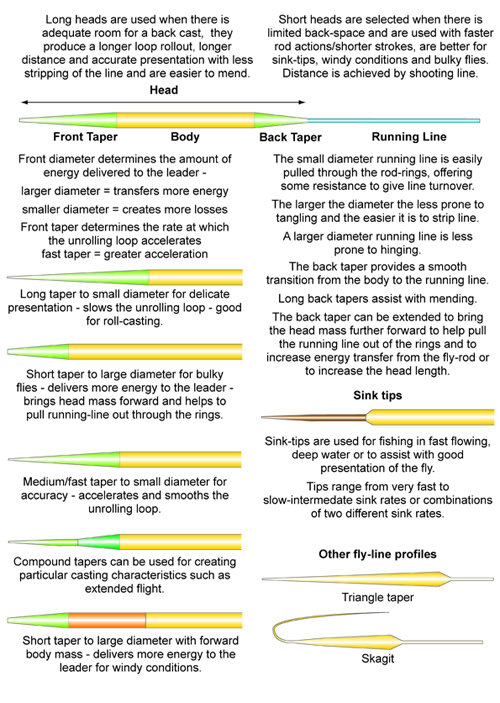
Parts of a Fly Rod:
Knowing the parts of you fly rod will help you talk intelligently to the retailer when purchasing rod or line components. This graphic identifies each component of the fly rod set up.

Parts of a Fly Fine

Here is some basic information.
I am excited you have decided to explore the sport of fly fishing. Fly fishing offers knowledge and excitement on many levels. From understanding the habits and behaviors of fresh and salt water fish of all kinds, to experiencing the sounds and smells of a remote stream or pond at dawn, you will enjoy fly fishing at every moment.
Started in the days of the Roman Empire, fly fishing has spread across the globe with approximately 3.83 million participates in the United States. Currently, it is experiencing 748 million dollars in annual retail sales. This does not account for the 319 million of revenue generating activities just in Maine. From fishing supplies to guide services, Maine’s fly fishing community is vital to the state’s economy.
I started fly fishing over 20 years ago. I learned to cast in K- Mart parking lot in central Maine. A local fly shop owner would swing in when I was practicing and give me pointers and tips. He never asked for compensation or pressured me to buy expensive equipment. It was simply his gift to me. Since those early days of cast in the parking lot, I have become more experienced, but in no means have I learned everything. That’s what I like about the sport, you will never stop learning.
In this series of posts, I will touch briefly on the essential elements of fly fishing. You will learn what basic equipment you need to go fishing, parts of a fly rod, parts of a fly line, different types of fly lines, critical knots, basic fly types and their use, how to select the correct fly rod for your ability and where you will fish, basic casting forms, and how to find fish in a typical Maine stream.
If you become familiar with this information, it will come in handy as you learn and excel in the art of fly fishing. However, this is just the beginning. If I have one piece of advice it is; read, read, read, practice, practice, practice.

Big western trout.
Thanks again for guiding us.
Suzanne M.

Here are the flows as of today:
Lower Magalloway: 1211 cfs
Rangeley River: 250 cfs
Rapid River: 600 cfs
Great news on the Rapid River. Flow s are down to 600 cfs and the fishing is great. Sucker spawn is starting so get out your egg patterns. Small pheasant tails, yellow stone flies and larva will be your prime flies. Weekend weather looks great so great out there……….
Look for reports and pictures from me over the next week. Here is my schedule:
May 31-June 1: Rapid River.
June 2: Rangeley River.
June 3 & 4: Dodge Pond (Fly Fishing Class)
June 5 & 6: Spencer, Kennebago Little Magalloway.
June 7 & 8: Rapid River.
“Hay Scott,
A fly fishing experience for the record books. Quite possible to never match again the time on the water at dusk 5/18/19. Trophy hook ups. I wish we could have taken more pics, but the lunkers were coming in so plentiful. I’m still in awe at the experience we had. Will be very hard to match such a time. It is really all about being at the right place and time. You nailed it and we hit several home runs, some at the same time. Thanks again for a great time.
Mike G.”
10:40 pm: River flows have been high, the water temperatures low and the fishing had been slow. Well, after a long awaited start, the fishing is beginning to pick up around the area. Fishing at stream inlets on ponds and lakes at sunrise have yielded very nice fish. Yesterday, 7 fish was the count, the biggest at 14”.
This morning, the waters started out very cold. It was 33 deg. last night…. in May. An hour at the most in the water and everything below the waist was numb. However, fish that moved into the current at the inlets at night were hunger for anything that floated by. I landed 3 fish this morning by dead drifting a So Co Hammer in the current just as the inlet flows into the pond. The rains came late morning and the water temperatures went up, but it took all day. Tonight at dusk, we hit another inlet with So Co Hammers and rust colored beaded Wooly Buggers and scored multiple fish most at 12” and one at 16” . We missed netting one that would have been 18” easy…….
As always, be safe and fish well.
Now that the fishing season is upon Maine, you might be thinking about hiring a fishing guide to help you better understand and navigate the fresh water fishing resources in the state. Great idea! Maine has some of the best fly-fishing Guides there are and better yet, some of the best native Brook Trout waters left in the nation. Once the snow melts and the water levels drop after April rains, it’s a good time to consider hiring a guide. Before you do, think about the following questions:
· Where do you want to fish?
· Do you want to fish from a boat or walk in stream side?
· Float boat trip down a river or a v-hull boat on a pond?
· If you want to fish stream-side, do you want easy access or try remote fishing?
· What kind of physical shape am I in?
· And most importantly, what are my expectations of my guide?
Once you answer those questions, you will be ready to hire a fishing guide. But as you do, remember this relationship (Guide to client) is a two-way street. He will do his job and you will need to do yours. What is your role in this relationship? To be a good “Sport”. Here are a few pieces of advice:
1) Understand what you are paying for. Your guide is NOT your servant. Treat he/she professionally and respectfully. Consider them a working partner, having the same shared goals. Communicate your needs and wants for the day. Communicate your physical limits, preferences, likes and dislikes. As a working partner, offer to help the Guide transport gear, load and unload the boat or prepare meals. Remember, this is his/her day too, make it work for both of you. Personally, I have never had a disrespectful experience and feel very fortunate, however other Guides I know have shared some wicked stories.
2) Truly appreciate that there are things out of your guides hands as well as yours. Things like the weather, dam releases, and unexpected crowds at your guide’s favorite spot can influence your day; but that’s life!
3) No metal studs or cleats in your wading boots if you are on a float trip. Float boats are expensive to purchase, maintain, and repair. Please respect the guide’s investment in his tools of the trade. Additionally, if you are at a sporting camp, my guess is they do not want their floors torn up either. Pay attention and stay present.
4) Take the time to ask questions and let the guide know what you would like. Explain to them your expectations and wants. Do you want to fish over dry flies, streamers, or do you want to learn nymphing? Perhaps your casting needs a little work, or maybe you would like to understand what certain flies look like along the stream. Additionally, give feedback in the moment. Whether positive or negative, let the guide know what is working about the day and what is not. A good guide will listen and manage those expectations with affirmation or alternate suggestions.
5) If you bring your own flies, do not be offended when the guide does not use them. Trust the guide, he knows the waters he fishes on and what the fish are looking for. Many guides have customized standard flies to work on specific waters at specific times.
6) If you’re in a float boat, the person in the stern watches the fly lines. It is up to them to ensure the fly lines are not being tangled while casting. Hence, they may not be getting the access or exposure to productive fishing lies as the boat floats downstream.
7) If you are fishing in a boat with your spouse or lover, do not put the guide in the middle of relationship disharmony. You two may have had enough of each other by mid-day, but the guide is still with both of you for the rest of the day. Do not ask the guide to comment, chose sides or validate an opinion. They have been hired to guide you through fishing not your relationship.
8) Guides depend on tips. They have mortgages , truck payments and utility bills as you do. It is expensive to own and maintain fishing equipment of all types. Guides out west must pay the outfitter a fee for the booking and wait for their money as well. Tips can make the difference. Guiding tips are the same as any other service tip. They range from 10%, 15% or 20% of the guiding rate. Normally, 15% to 20% is customary.
9) Lastly, if you and your guide have a bad day on the water, don’t make them feel bad in front of your buddies when you hit the camp. No fish days happens to all of us. Your guide takes no fish days with clients very personally. Respect them and complain out of ear shot.
1:58 PM: Well it’s April 14th 2019 and this is my first blog entry.
Yesterday was a great day on the pond. The skies were clear, the sun was bright and the air temperature was hovering around 60 degrees. The ice cap on the pond has receded about 100 yards from the mouth of Dodge Pond Stream. Water temperatures are at 38 deg. at the mouth of the inlet. Wildlife is starting emerge from their winter residences. Yesterday afternoon, a large bald eagle perched itself on the edge of the ice sheet near the open water looking for a meal. There were several good rises towards dusk, but I could not convince whatever it was that my Kennebago Smelt was a tasty meal.
This morning I woke to a sunny morning with air temperatures around 40 deg. Robins were back in-force as well as turkey, a single Barrows Goldeneye duck, a pair of Canadian Geese and deer. And I mean deer. On a rent drive to Oquossoc, I counted 43 deer in a 4 mile ride. So if you are on the roads in Rangeley at dusk, BE CAREFUL!
FISH SMARTER, FISH BETTER